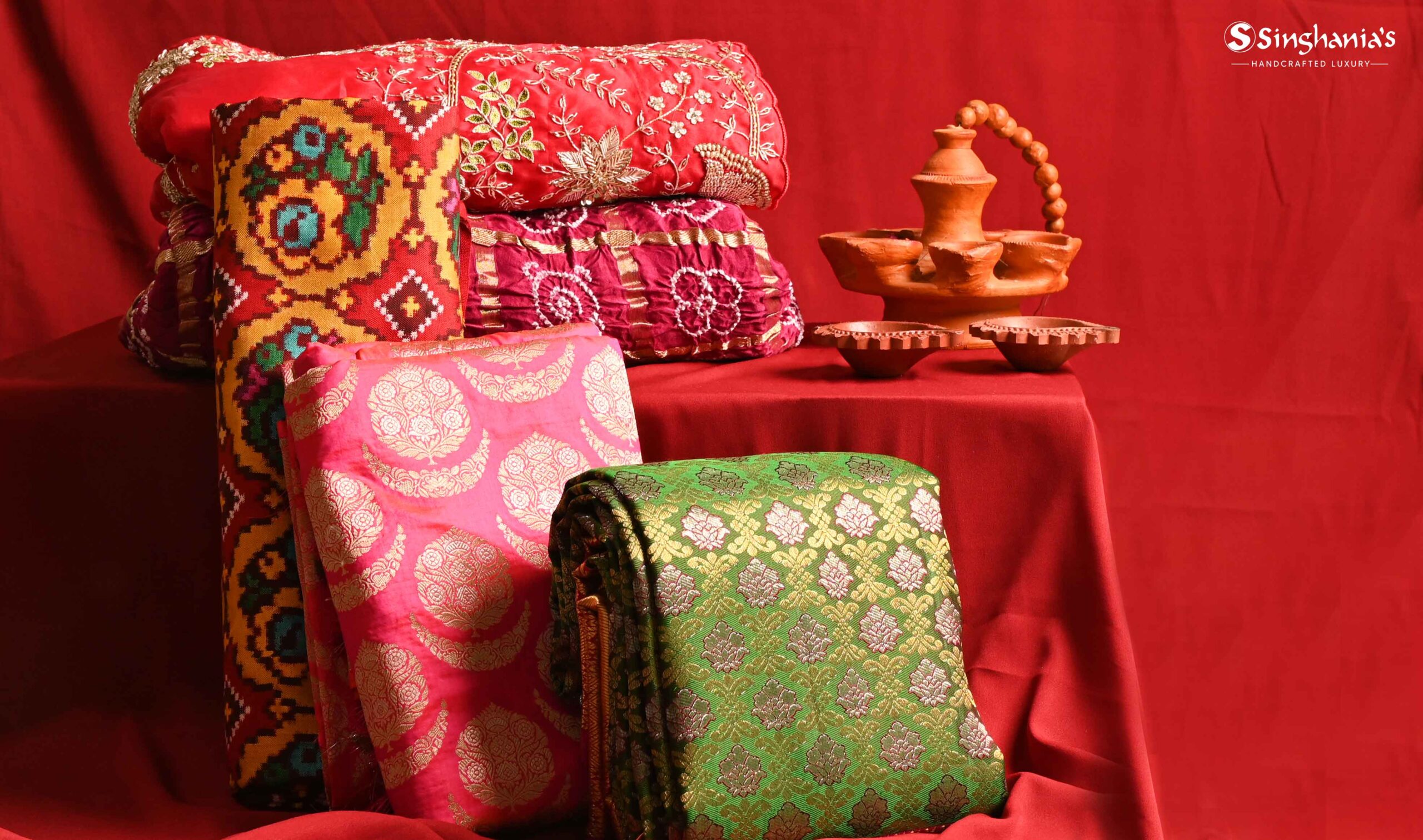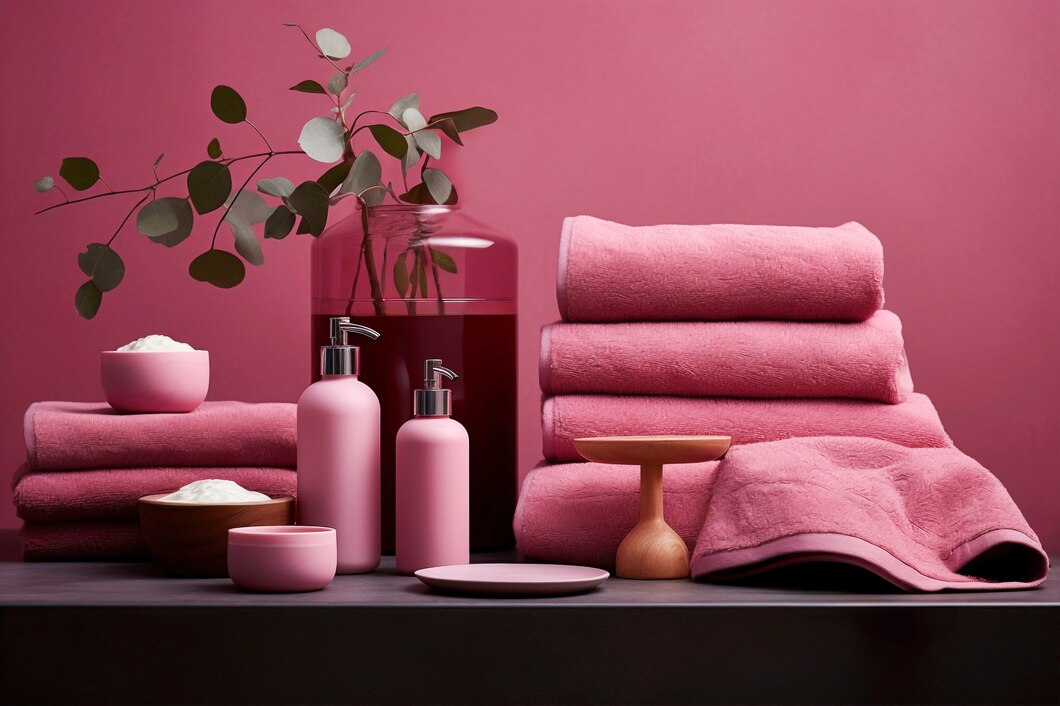The saree is not just a piece of clothing; it is a representation of culture, tradition, and elegance that has been worn by women across India and beyond for centuries. With the increasing popularity of sarees, especially among the younger generation, the need for proper storage and maintenance has become essential. This is where saree covers come into play. Choosing the right saree cover can significantly affect the longevity and condition of your saree collection. In this article, we will delve into the importance of saree covers, the types available, and how to select the perfect one for your collection. Whether you are a saree enthusiast or someone who owns just a few, understanding the nuances of saree covers can elevate your storage game.
Understanding the Importance of Saree Covers
Sarees, often made from delicate fabrics such as silk, chiffon, and georgette, require special care to prevent damage. Storing them without proper protection can lead to issues like fading, moth infestations, and fabric deterioration. According to a study published in the Journal of Textile Science, improper storage can reduce the lifespan of textiles by up to 30%. Thus, a saree cover serves as a protective barrier against environmental factors such as dust, moisture, and pests. Moreover, a good saree cover can help keep your collection organized, making it easier to locate your favorite pieces when needed. By investing in the right saree covers, you ensure that your treasured garments remain in pristine condition for years to come.
Types of Saree Covers Available
When it comes to saree covers, there are various types to choose from, each designed to cater to different needs. The most common options include fabric covers, plastic covers, and archival-quality covers. Fabric covers are typically made from cotton or silk and are breathable, preventing moisture buildup while allowing your sarees to ‘breathe.’ They often come with beautiful designs and colors, adding a decorative touch to your storage. Plastic covers, on the other hand, are more affordable and waterproof, providing a solid layer of protection against spills and moisture. However, they may not allow for adequate ventilation, which could lead to mold growth over time. Lastly, archival-quality covers are designed for long-term storage, using acid-free materials that ensure your sarees remain unaffected by harmful chemicals. Choosing the right type of cover will depend on your collection’s size, the types of fabrics you own, and how often you wear your sarees.
Material Matters: Choosing the Right Fabric
The material of the saree cover plays a crucial role in protecting your garments. Natural fabrics, such as cotton and silk, are excellent choices as they are breathable and do not trap moisture, which can lead to mold and mildew. Cotton covers are particularly popular because they are easy to wash and maintain. However, if you are concerned about dust and pests, opt for finely woven fabrics that offer better protection. Synthetic materials, like polyester, are often used in plastic covers and can be effective but lack the breathability that natural fabrics provide. When selecting a saree cover, consider the fabric of your sarees as well. For instance, silk sarees benefit from breathable fabric covers, while cotton sarees may be fine in both breathable and synthetic covers. Ultimately, selecting the right material will enhance the protection and longevity of your saree collection.
Size and Storage: Finding the Right Fit
When it comes to saree covers, size matters. You want to ensure that the cover can comfortably hold your saree without cramping or folding it excessively, as this can lead to creases and damage over time. Most saree covers come in standard sizes, but it is essential to measure your sarees before making a purchase. A good rule of thumb is to choose a cover that is at least 6 to 8 inches longer than your saree’s length. Consider using covers with a zipper or button closure for added protection against dust and pests. Additionally, think about how you plan to store your sarees. If you have limited space, consider stackable covers that can be easily stored in drawers or on shelves. Ensuring a proper fit not only preserves the integrity of your sarees but also makes it easier to manage and access your collection.
Color and Design Considerations
While functionality is critical when selecting saree covers, aesthetics should not be overlooked. Choosing the right color and design can enhance the overall appearance of your storage area. Many saree covers come in vibrant colors and intricate designs that reflect the beauty of Indian textiles. Consider selecting covers that complement the colors of your sarees or add a touch of elegance to your storage. For instance, if you have a collection of bright and colorful sarees, opting for neutral-colored covers can create a harmonious balance. Additionally, some covers feature traditional Indian motifs, which can add a cultural touch to your storage. Keep in mind that while aesthetics are important, the primary purpose of the cover should always be protection and preservation.
Eco-Friendly Options: Sustainable Saree Covers
As awareness of environmental issues grows, many consumers are looking for sustainable alternatives in every aspect of their lives, including saree covers. Eco-friendly saree covers made from organic cotton or recycled materials are becoming increasingly popular. These covers not only provide excellent protection for your sarees but also contribute to reducing your carbon footprint. Brands focusing on sustainable fashion are now offering saree covers that are biodegradable and free from harmful chemicals. When purchasing saree covers, consider choosing brands that prioritize eco-friendly practices. This not only ensures that you’re making a responsible choice but also supports businesses committed to preserving the planet.
Maintenance Tips for Saree Covers
Once you’ve chosen the perfect saree covers, it’s essential to maintain them properly to ensure they continue to serve their purpose. Regularly check the covers for any signs of wear and tear, as well as any signs of pests or moisture. If you notice any issues, such as mold or mildew, clean the covers immediately using mild soap and water, and allow them to dry completely before reusing them. Additionally, consider storing silica gel packs inside the covers to absorb excess moisture, which can be especially helpful in humid climates. Regularly rotating and airing out your sarees can also help maintain their quality. By taking these simple maintenance steps, you can extend the life of both your sarees and their covers.
Conclusion: The Final Touch to Your Saree Collection
Choosing the right saree cover is an essential part of maintaining your collection. By understanding the various types and materials available, measuring for the right fit, and considering aesthetics and sustainability, you can find the perfect saree covers that will protect and preserve your treasured garments. Remember, a saree is more than just clothing; it is a piece of art and culture that deserves to be treated with care. Investing in quality saree covers is a small but significant step toward ensuring that your collection remains beautiful and intact for years to come. So take the time to research your options, and make an informed decision that reflects the love and respect you have for your sarees.



